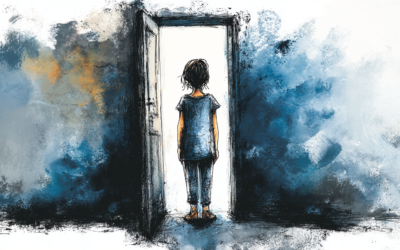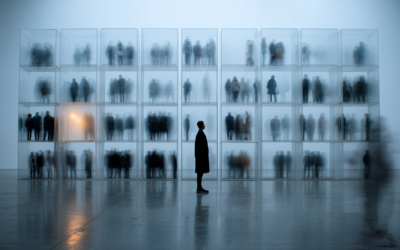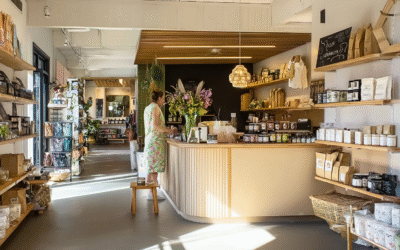 Another piece of interesting psych research with an application to retail design. Recently Arul Mishra and Himanshu Mishra from the University of Utah and Dhananjay Nayakankuppam from the University of Iowa, tested what impact grouped objects have on the decisions we make.
Another piece of interesting psych research with an application to retail design. Recently Arul Mishra and Himanshu Mishra from the University of Utah and Dhananjay Nayakankuppam from the University of Iowa, tested what impact grouped objects have on the decisions we make.
Their first test was on two sets of mugs – one set were grouped closely together, the other were wrapped & spaced farther apart from one another. Half the subjects were told that one of the mugs was defective, the other half were told that one of the mugs contained a gift certificate. They were all asked to choose a mug from one of the display sets.
The volunteers who were told one of the mugs contained a gift certificate tended to choose a mug from those placed closed together. The volunteers who were told that one of the mugs was defective tended to choose from the group that were spaced far apart & wrapped.
The researchers repeated this study with ketchup bottles, telling one group that one or three (they varied for risk assessment testing) bottles had a defective lid. The other group they told that one or three (again varying for reward testing) contained a gift voucher. Once again those told there was a risk of something being wrong chose from the set spaced far apart and those who were told there was a reward tended to choose from those spaced closely together.
Now the big question – why? What the researchers have called this is “group-contagion effect” – meaning basically that for some reason people think qualities are contagious if closely spaced. Hence if they are choosing for a potential gain then they choose from closely arrange products more often. However if they perceive a risk and are choosing to minimise the chance of a negative outcome they will choose from a widely spaced set of products.



